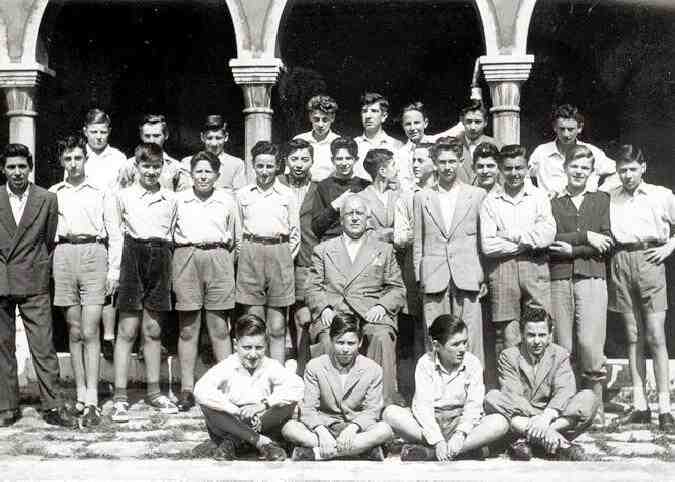 Figure 1.--The Liceo Foscarini was located in Venice. We have no information about it at this time. This is a 3rd year class. The boys wold be about 14 years old. |

|
The Liceo Foscarini was located in Venice. The Liceo Foscarini is the oldest school for secondary education in Venice. Is was founded in 1807, when Venice
was ruled by the French, by a decree of Prince Eugene Napoleon, the French viceroy in Italy. Originally named Ginnasio Liceale di S.Caterina after the St.Catherine Convent in which it was first housed, it was renamed Liceo Foscarini in 1867 after Marco Foscarini (1696-1763), the 117th doge of the Venetian Republic. It is a traditional
classical liceo with much emphasis on the humanities and somewhat less on the life and social sciences. A newer section devotes more time to informatics. It looks to be a secondary school with boys entering at about age 12. Classes were single gender in the 1940s and 50s. There was no uniform for the boys, but girls in some years appear to be wearing smocks. Some boys wore suits, but most did not. Most of the junior boys in 1949 and 51 were wearing short pants and ankle socks, but we see a few boys wearing knickers and long pants.
The Liceo Foscarini was located in Venice.
The Liceo Foscarini is the oldest school for secondary education in Venice. Is was founded in 1807, when Venice was ruled by the French, by a decree of Prince Eugene Napoleon, the French viceroy in Italy. Originally named Ginnasio Liceale di S.Caterina after the St.Catherine Convent in which it was first housed, it was renamed Liceo Foscarini in 1867 after Marco Foscarini (1696-1763), the 117th doge of the Venetian Republic.
The Liceo is a traditional classical liceo with much emphasis on the humanities and somewhat less on the life and social sciences. A newer section devotes more time to informatics. It looks to be a secondary school with boys entering at about age 12. Classes were single gender in the 1940s and 50s.
I am not sure about the gender policies. We seen photographs of both boys and girls, but they appear to be in separate classes.
There was no uniform for the boys, but girls in some years appear to be wearing smocks. Some boys wore suits, but most did not. Most of the junior boys in 1949 and 51 were wearing short pants and ankle socks, but we see a few boys wearing knickers and long pants.
The Liceo has an extensive website. Our limited Italian makes it difficult to fully utilize it.
Related Chronolgy Pages in the Boys' Historical Web Site
[Main Chronology Page]
[The 1900s]
[The 1910s]
[The 1920s]
[The 1930s]
[The 1940s]
[The 1950s]
[The 1960s]
[The 1970s]
Navigate the Relate Boys Historical Clothing Style Pages
[Main country page]
[Long pants suits]
[Short pants suits]
[Lederhosen]
[Kneesocks]
[Eton suits]
[Jacket and trousers]
[Blazer
[School sandals]
Navigate the Boys' Historical Clothing Web Site:
[Introduction]
[Activities]
[Biographies]
[Chronology]
[Clothing styles]
[Countries]
[Bibliographies]
[Contributions]
[FAQs]
[Glossaries]
[Satellite sites]
[Tools]
[Boys' Clothing Home]
